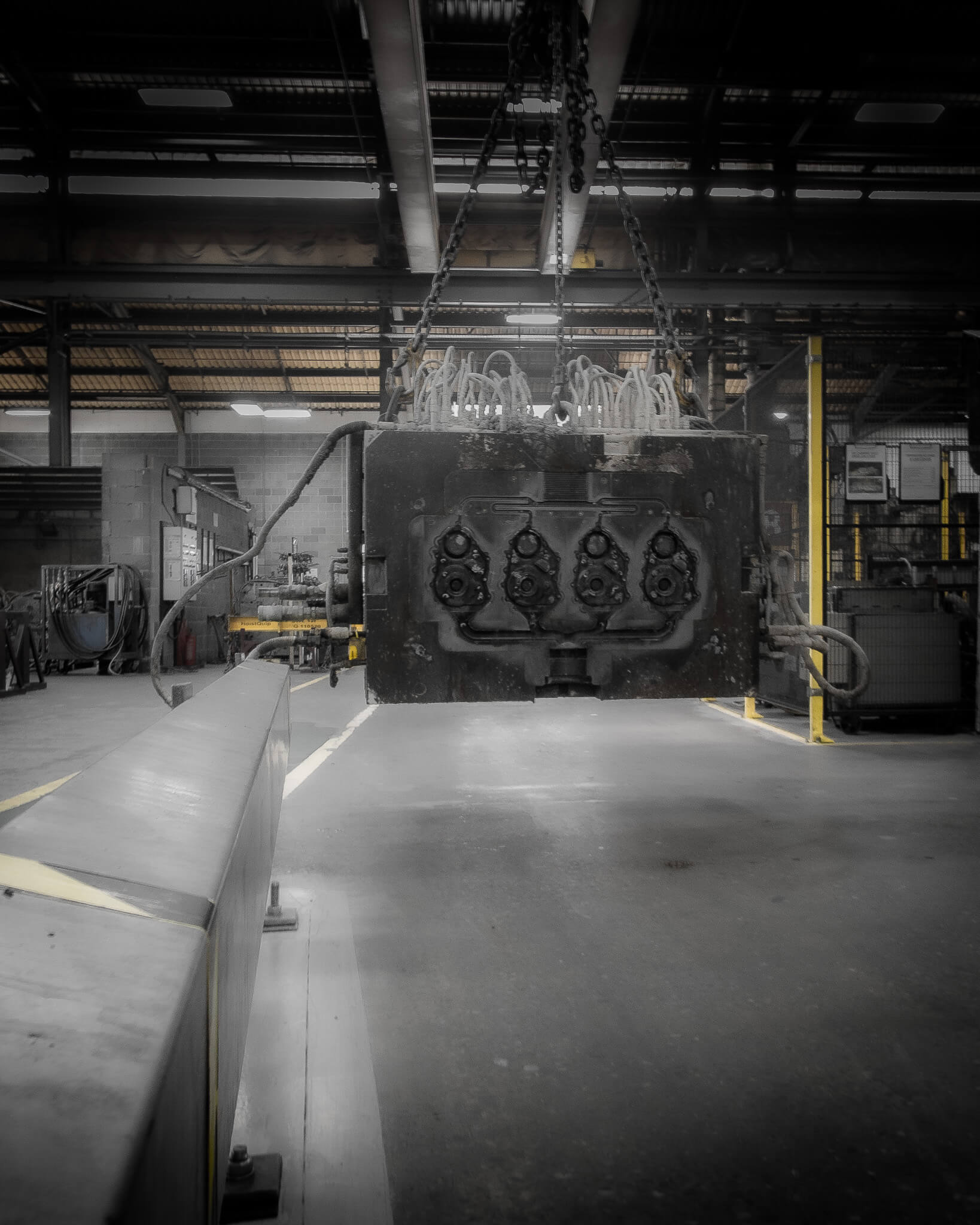The History of Die Casting
Die casting: a metal casting process that involves injecting molten metal under pressure into a mould cavity, which is made of two hardened steel dies.
The Birth of Die Casting
Casting as a process has been around for over 7,000 years. History tells us that ancient civilisations used moulds to produce all manner of tools, weapons, and other objects.
However, the birth of modern die casting as we know it started in the 1800s in the United States. With many engineers and inventors working on the same solutions at the same time, it can be a little difficult to pinpoint exactly who invented what when! However, in 1849, a patent was awarded to a man with the last name of Sturges for a manually operated machine to be used in die casting printing type. This is widely acknowledged as the beginning of the modern die casting industry.
Whilst first being utilised to produce printing type, in the 20th century, die casting became increasingly popular due to its ability to produce high-quality and complex metal components in large quantities. Some of the first parts produced by die casting went into phonographs, radios, typewriters, bicycles, and sewing machines. In the automotive industry, one of the earliest known examples of die casting was in the production of carburettor bodies for Cadillac, back in 1903.

A more modern die casting tool ready for maintenance in CastAlum's tooling department
Technological Advancements in Die Casting
As die casting technology continued to improve, it became an essential process in the automotive industry. The development of new alloys, including aluminium, zinc, and magnesium, helped to expand the range of applications for the process. Advancements in computer-aided design (CAD) and computer-aided manufacturing (CAM) have also made it easier to design and produce complex die cast products with high precision, accuracy, and repeatability. In addition, advancements in die casting machinery and automation from companies like Buhler Prince, have increased the efficiency of the process and reduced production costs.
With each technological innovation, the use of die casting in automotive production has expanded. Nowadays, it may be used to produce engine blocks, transmission housings, suspension components, steering knuckles, heatsinks, and many more. The recent move to alternative fuels and electric powertrains has only increased the number of applications, in particular high pressure die casting.
Apart from the automotive industry, die casting today is used in industries including aerospace, electronics, and the production of consumer products. Its uses range from computer hardware to decorative light fixtures, with an ever-increasing number of customers looking to take advantage of the capabilities of this centuries-old process.
Here at CastAlum, we’re proud to be part of the rich history of die casting, as well as an innovator for the future of this centuries-old process!
Follow Us Online
Remember to follow us on LinkedIn to learn more about our technological expertise and engineering solutions!
You can also sign up to our monthly newsletter: ‘The CastAlum Compendium‘ to receive our updates regularly.

A Spray Robot on a Die Casting Cell from Buhler Prince
Get in touch to find out more about our die casting and machining services!
Got questions about our services or would like us to quote?
Simply fill out the form below and a member of our team will be in touch!

